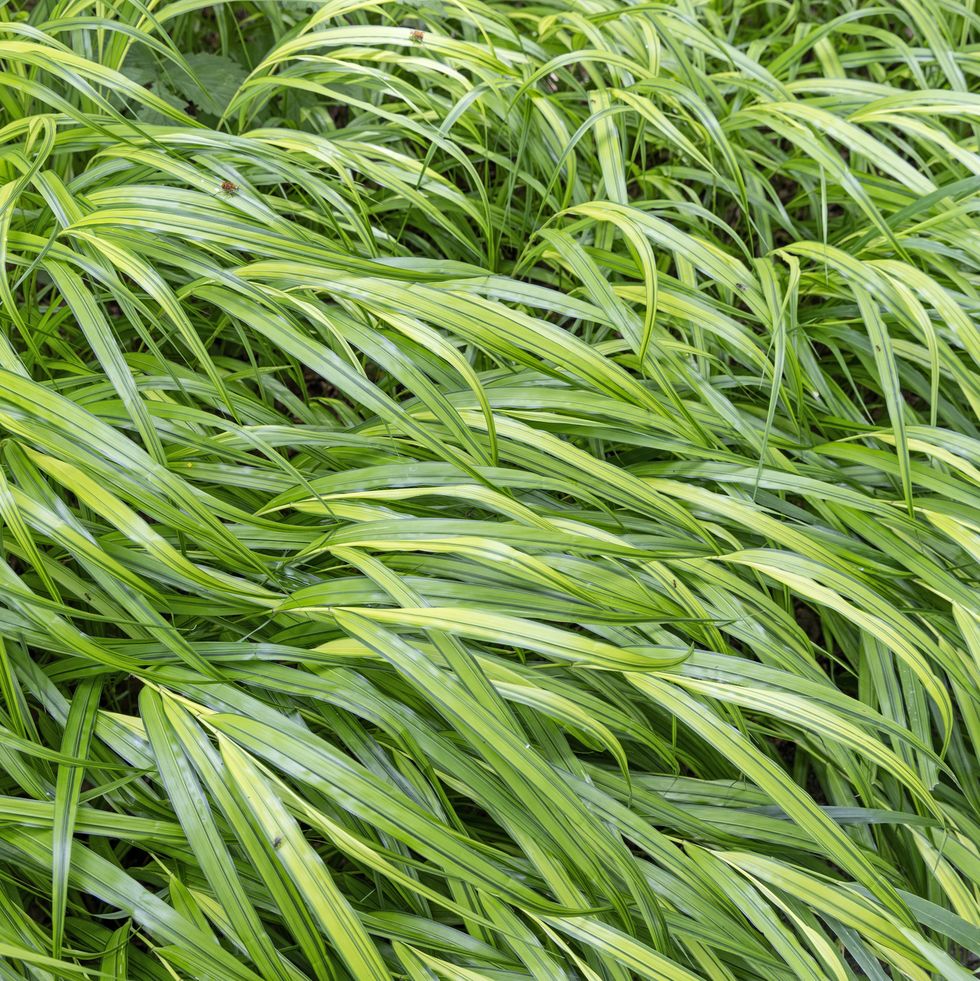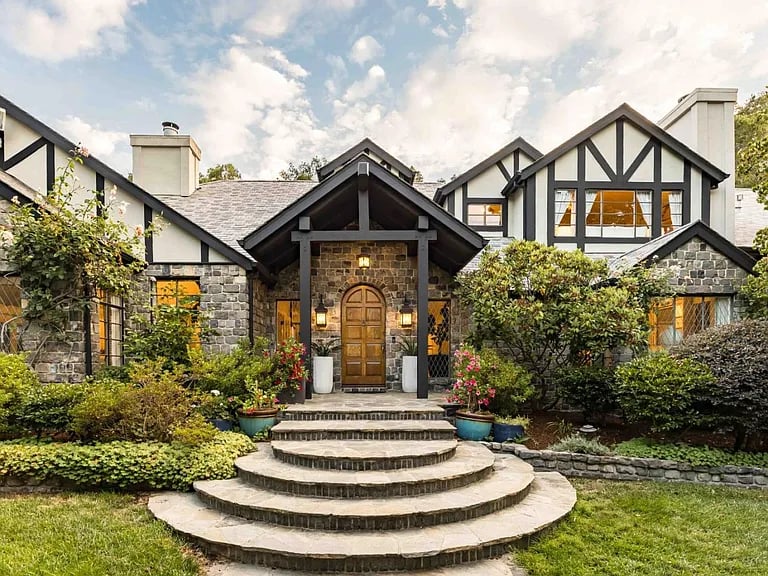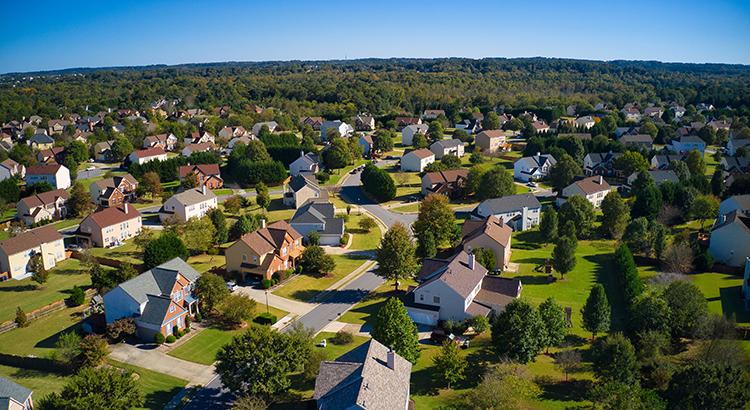Summer is in full swing, which means you need to soak up every last lovely moment in your garden before the seasons change in the blink of an eye. Whether you’re a longtime gardener or a novice, you’re likely eager to build and maintain a spectacular yard. But doing so means filling out your property with more than greenery and blooms that only relish in the sun. To create a balanced and dynamic yard, you’ll want to ensure the darker areas of your property are bolstered by shade-loving plants. This way, there’s no question your yard will be the talk of the town—and a dreamy scene for your daily viewing pleasure.
Sure, blooms that bask in the sun and can tolerate the summer typically get all of the attention, but it's important not to overlook hearty, shade-friendly varietals. These plants can tolerate less-than-ideal conditions and still bring beauty to every corner of your yard. The best part? Shade-friendly plants can be just as handsome as their sunnier counterparts. Many beautiful annuals, perennials, shrubs, and ornamental grasses love the shade, so whether you're looking for something to plant under a tree, in your flower beds, or in containers on a backyard patio, there is a wide variety of plants for you to pick from.
To assist you on your shade-loving plant journey, we’ve laid out details on the best shade plants to consider, keeping in mind both seasonality and the light tolerance of different varieties. As a general rule of thumb, any plant labeled "full-shade" needs fewer than three hours of direct sunlight during the day. Likewise, partial-shade plants require only three to six hours of shade a day. Some shade lovers, such as flowering shrubs, bloom best when exposed to mild morning sun, especially during the summer months. Below, discover 25 of the best shade plants to brighten up any dark spot in your garden.
'Chocolate Chip' Bugleweed
Best used as a ground cover in sparse areas of your garden, this variety of bugleweed boasts spiky, violet flowers with dark green and brown foliage. Since this shade-loving plant is so dense, it helps to control stubborn weeds that love to pop through the yard. Consider planting this variety if you're in USDA Zones 4 through 9.

'Chantilly Lace' Goatsbeard
This deer-resistant plant—also known as astilbe—grows primarily vertically, making it a great space-saving variety for smaller gardens. The bright, cream blooms are soft and fluffy, adding a dimensional texture to your landscaping. This plant thrives in USDA Zones 3 through 7.
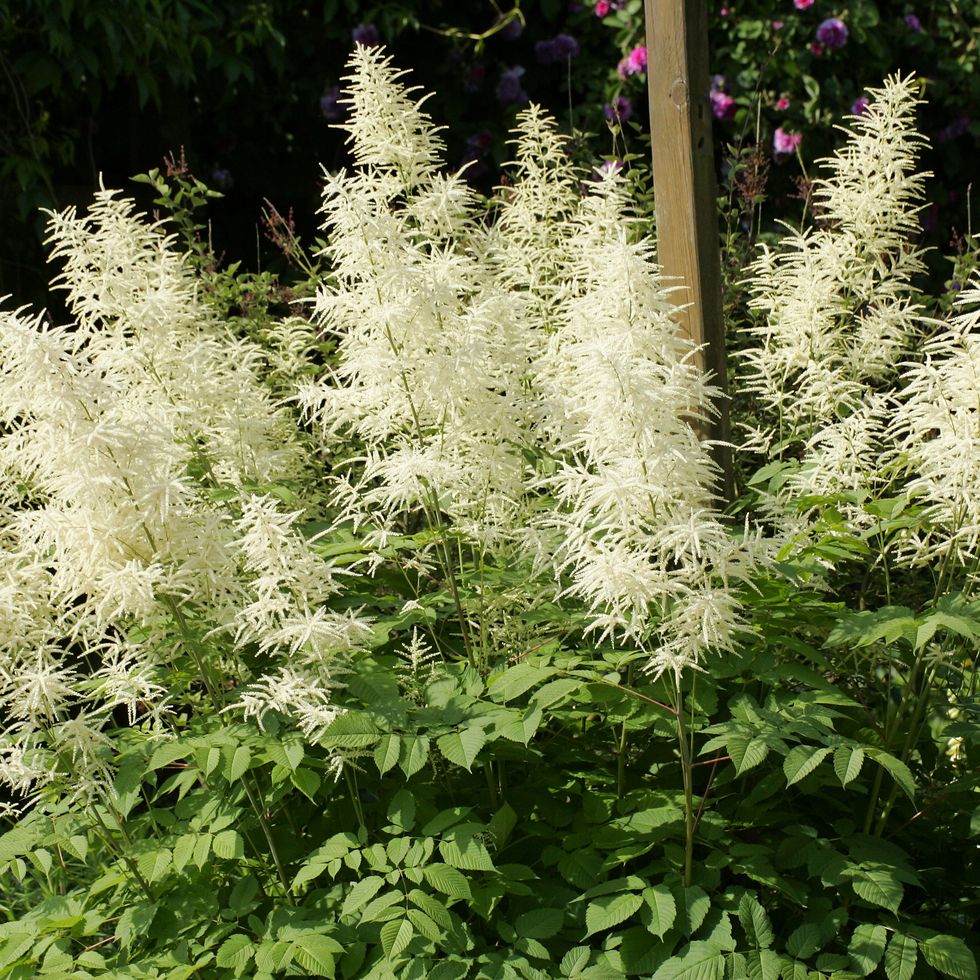
Vinca Minor Periwinkle Vine
Featuring rich, purple blooms, the Vinca Minor periwinkle vine provides a burst of color to your garden from late spring into the fall months. Shade-tolerant and hardy, this beautiful plant is great for gardening beginners. They flourish in USDA Hardiness Zones 4 through 8.
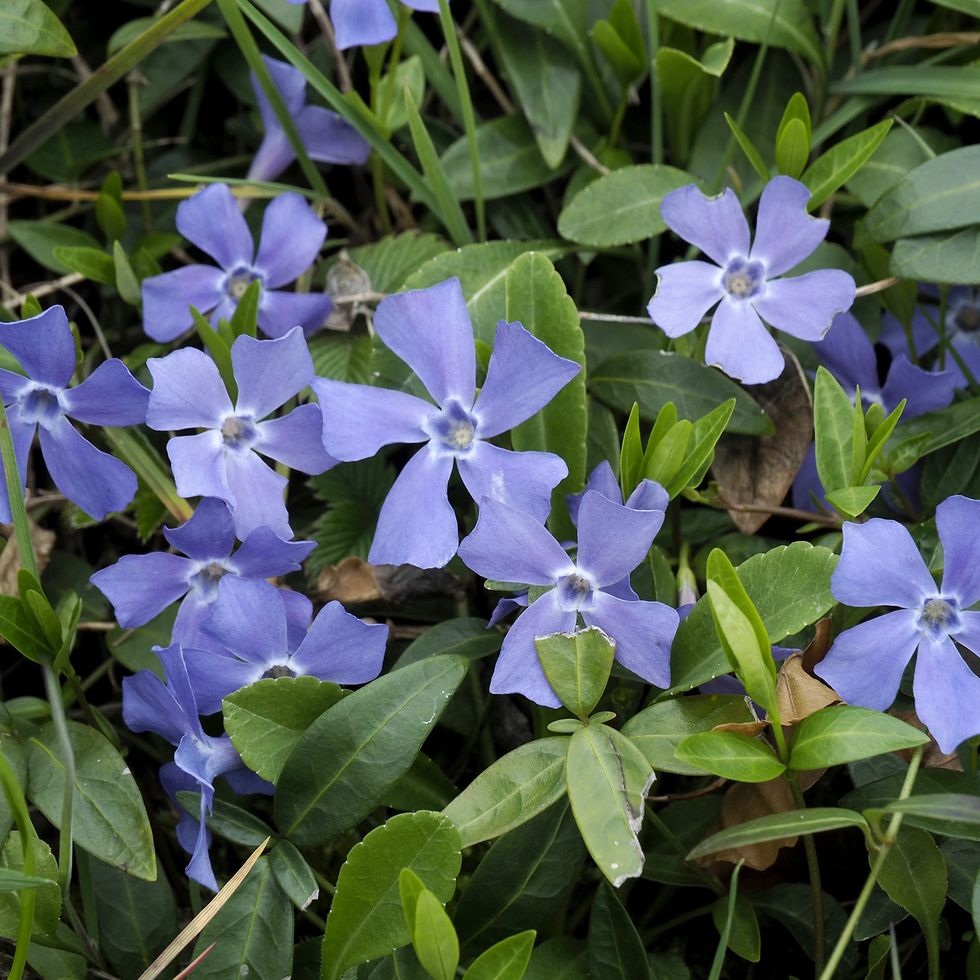
Cherry Heuchera
This shade-loving plant is the epitome of fall color. The vibrant orange and red foliage on cherry heuchera keeps its color throughout the long growing season, even in full shade. This perennial will also survive through mild to moderate winters. Plant these beauties in USDA Zones 4 through 9.

'Queen of Hearts' Siberian Bugloss
This shade-loving plant erupts with silver-blue, heart-shaped blooms whether it's planted in full sun or full shade. Siberian bugloss is ideal for those looking for deer-resistant plant varieties and is known for its hardy nature. Plant this one in USDA Zones 3 through 8 for best results.

Blue Oat Grass
For those who live in a cold climate or experience harsh winters, blue oat grass is a great bet for year-round color and interest. It never loses its silver-blue hue, no matter the temperature, and you don't have to worry about it getting too much shade. This is a great option for those looking to add more ornamental grasses to their landscaping. Plant blue oat grass in USDA Zones 4 through 8.
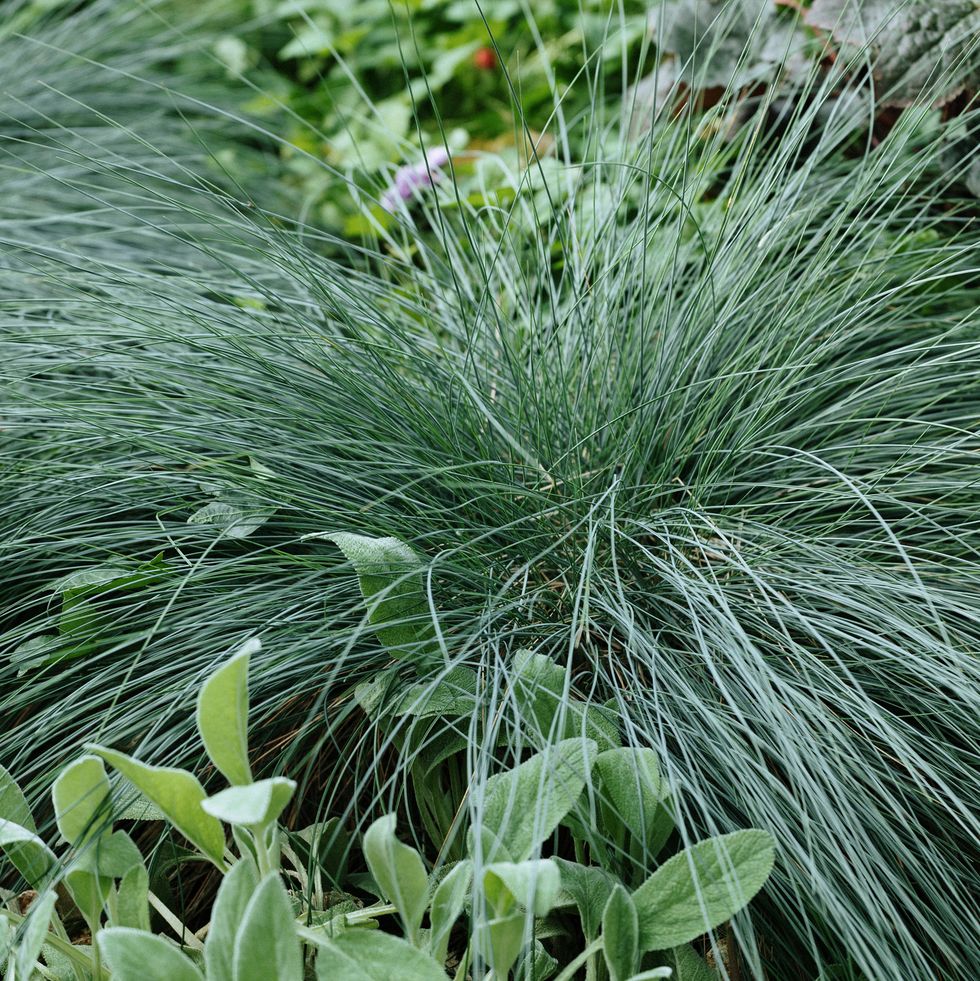
Foxglove
This biennial, shade-loving plant is often grown as an ornamental plant because of its vivid flowers. Foxglove's bright colors attract both people and animals (including pollinators like bees, butterflies, and hummingbirds), but it's important to remember that all parts of a foxglove plant are extremely toxic and poisonous. The plant is best for USDA Zones 4 through 9.

Gigantea Primrose
Hardy and colorful, primrose flowers are popular among gardeners all across the country due to their ability to thrive in both hot and cold climates. Primrose appreciates mild morning sun but does its best in partial to full shade. Plant in USDA Zones 3 through 8.
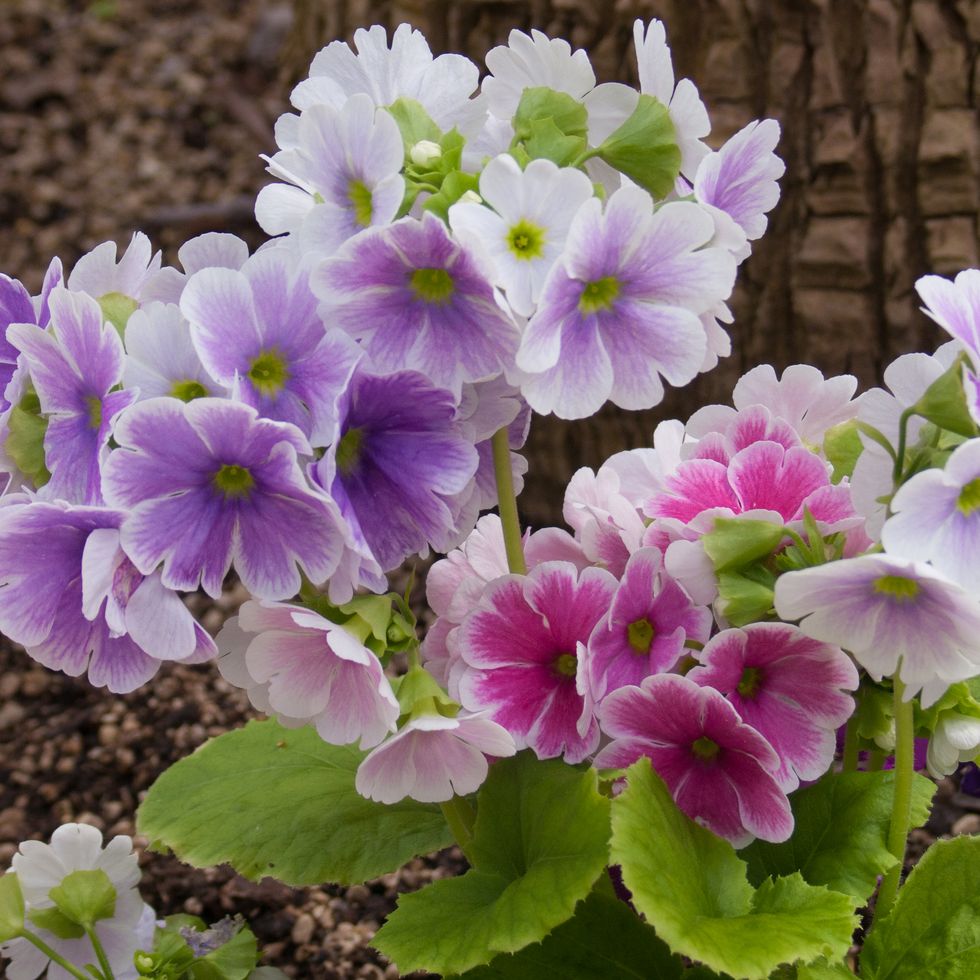
Browallia
Gaining in popularity as an alternative to impatiens, browallia is a beautiful annual that comes in shades of periwinkle blue, white, and violet. Its mounding foliage makes it an attractive choice for shady baskets, window boxes, and containers, and it can grow to reach about a foot wide and tall. Plant in USDA Zones 9 through 11.
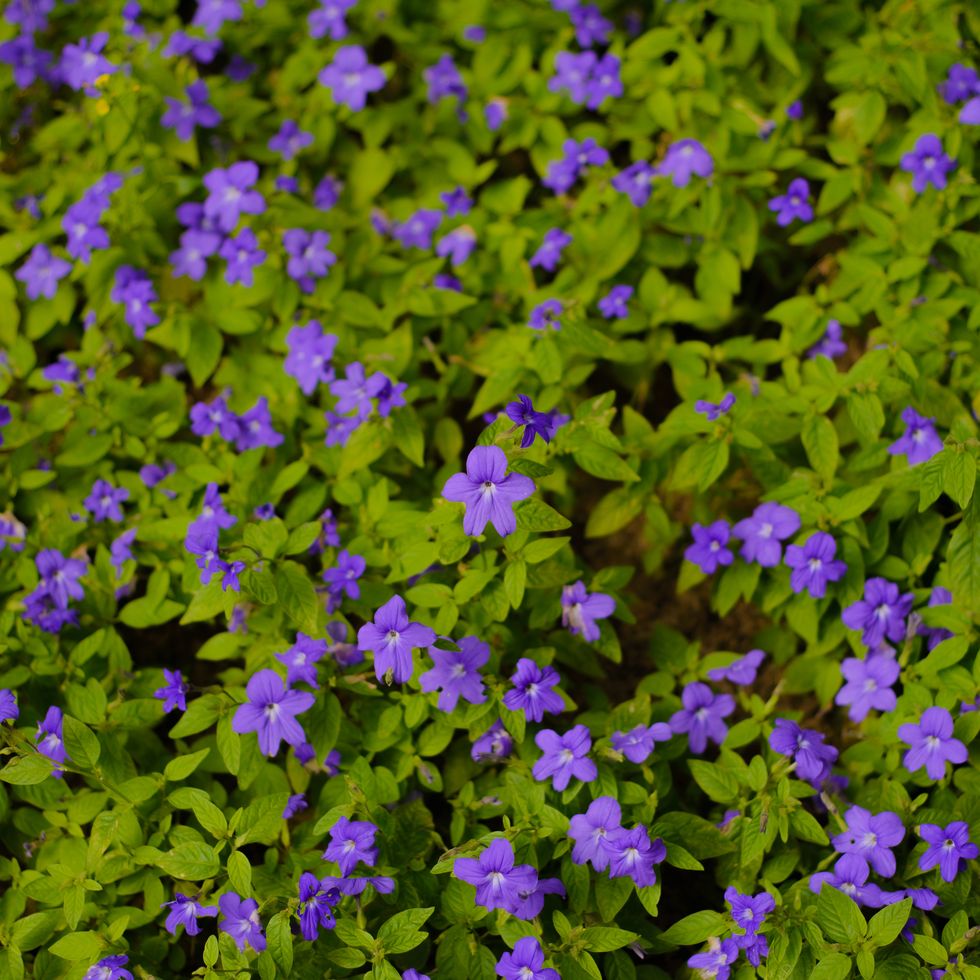
Hosta
Hostas range from a petite four inches to as big as six feet across, ensuring there's a suitable choice for every garden. These shade-loving plants are great for adding beautiful texture and greenery— just be aware that these perennials are a favorite of deer and rabbits. Plant in USDA Zones 3 through 9.
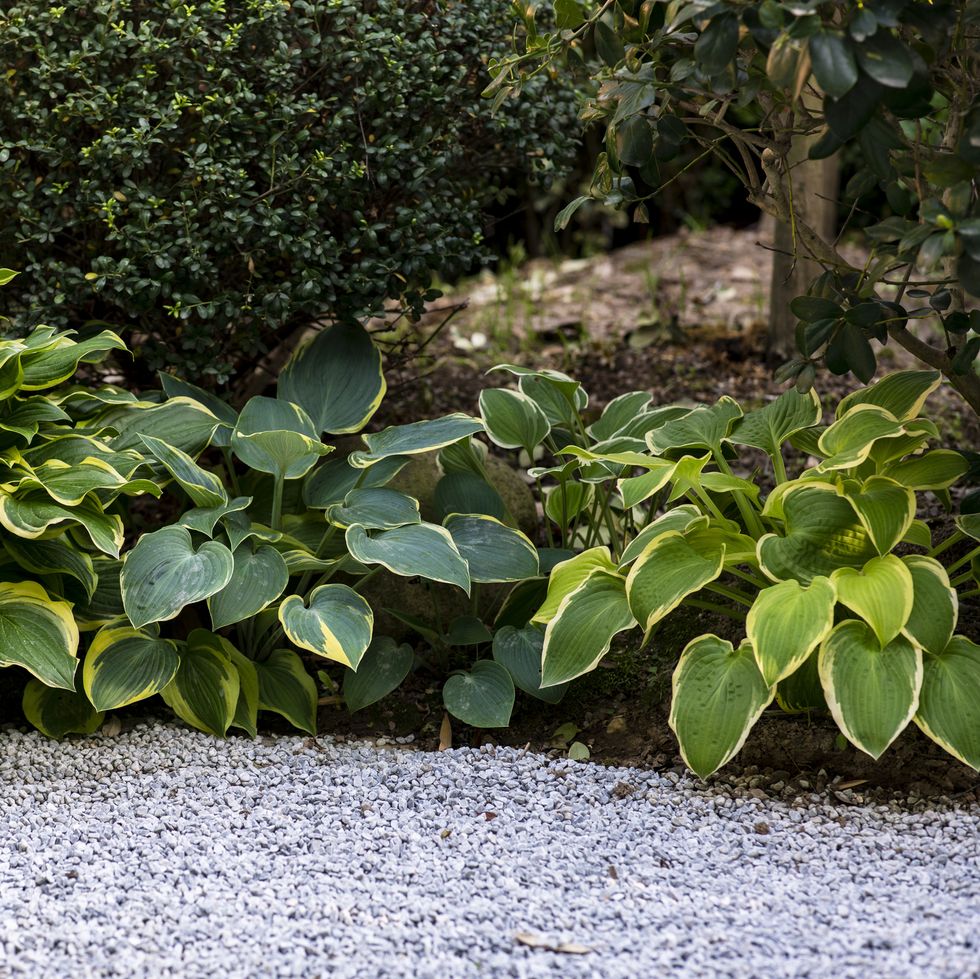
Marginata Lime Sweet Potato Vine
If you're looking for a vining annual that works equally well in sun and shade, a sweet potato vine is the answer. This pretty plant comes in shades of purple, burgundy, and chartreuse and looks fabulous spilling over the sides of containers and window boxes. Plant in USDA Zones 9 through 11.
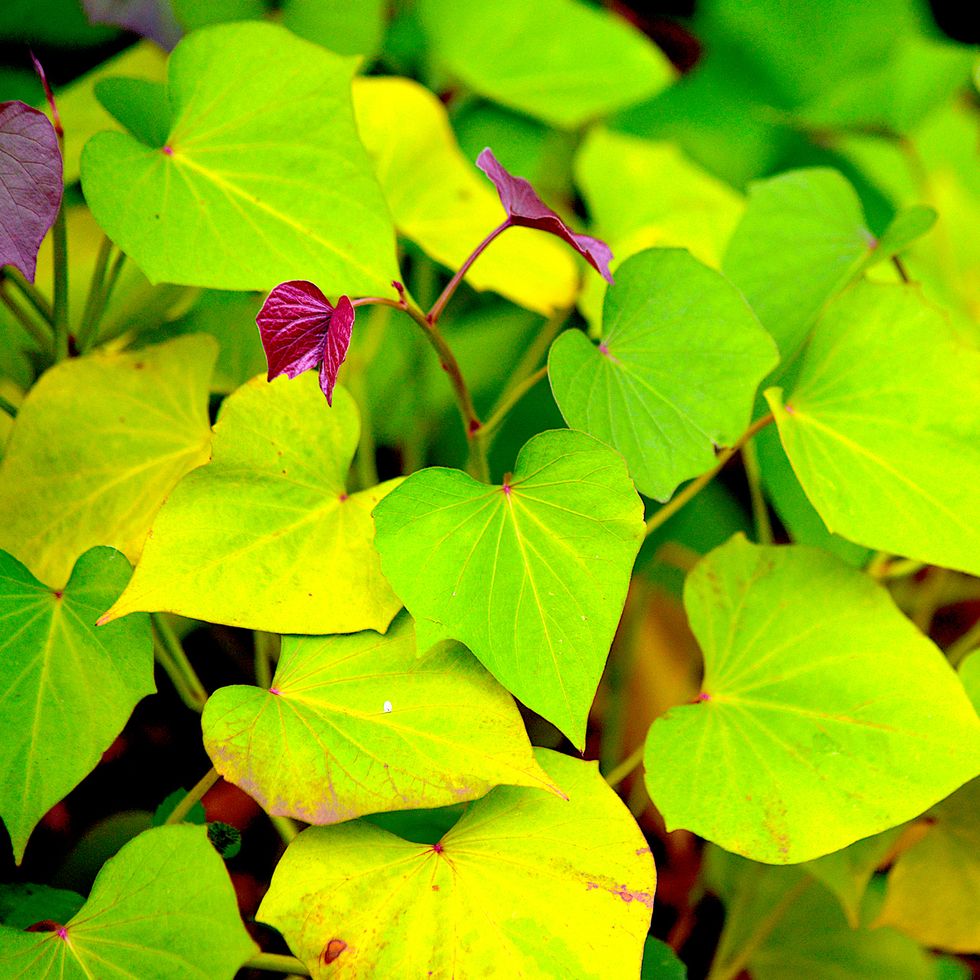
Begonias
Begonias do well in a variety of conditions, including full shade. Depending on the variety, they can range from six inches to three feet tall and six to 18 inches wide. Some types are grown primarily for their striking variegated foliage. Plant in USDA Zones 9 through 11, but can be grown as annuals in colder zones.
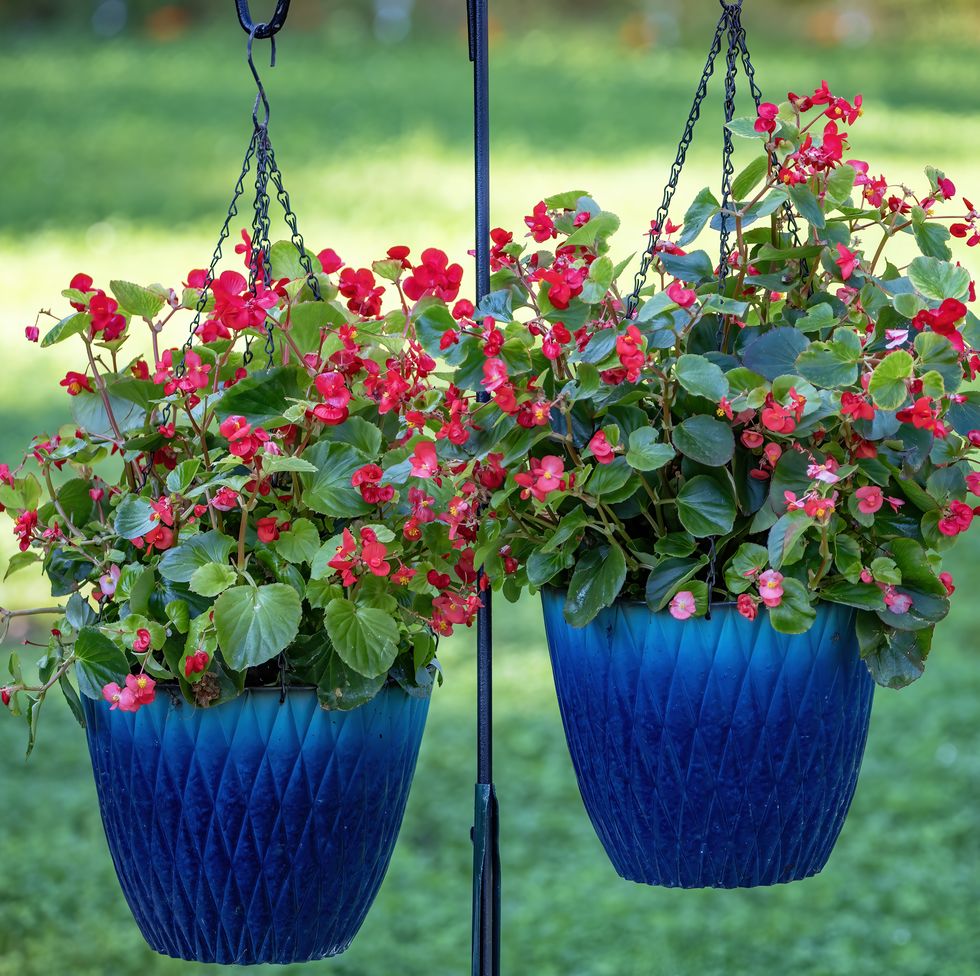
Ligularia
Ligularia, which is sometimes called the leopard plant, has large, showy leaves and bright flowers in shades of yellow. This shade-loving perennial is especially happy in boggy or wet conditions, where it can grow anywhere from three to eight feet tall and two to four feet wide. Plant in USDA Zones 4 through 9.
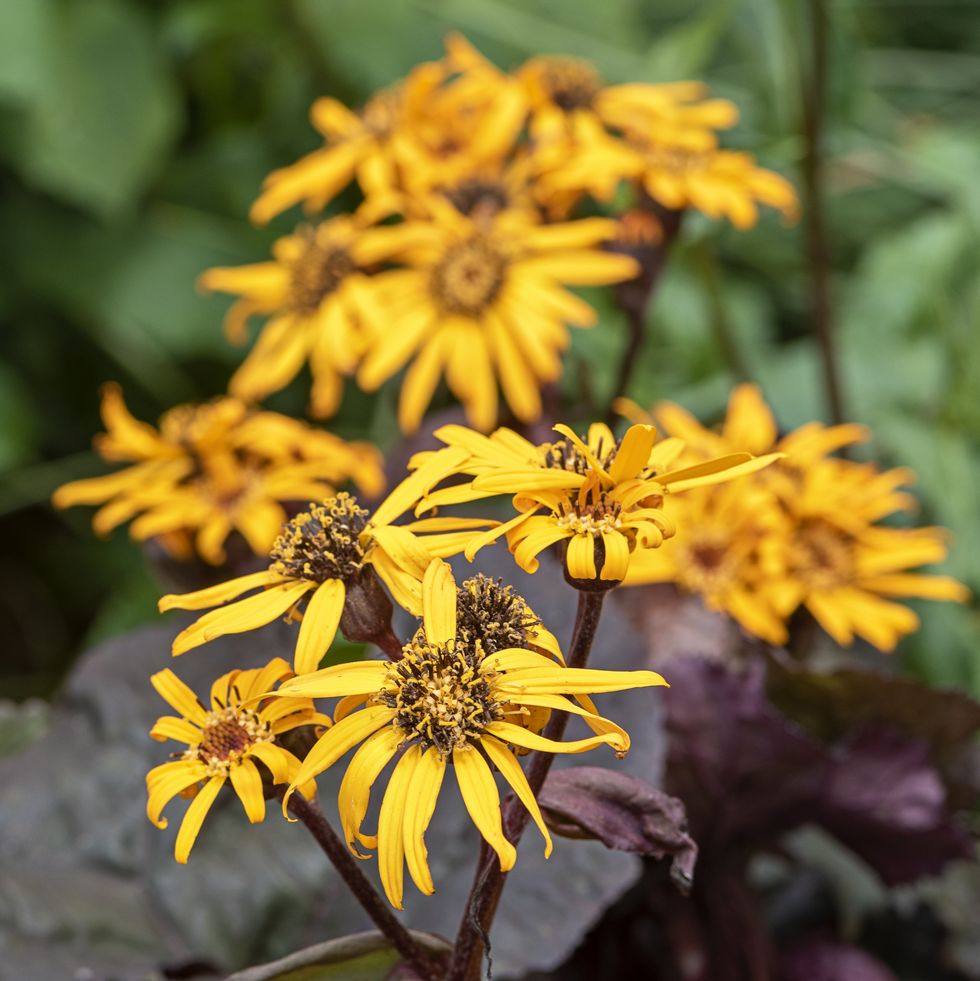
Viola Bambini
These happy-faced flowers tolerate full sun in the spring and fall, but come summer, they'll need part shade. They often die back in hot weather and revive when things cool down. They're annuals, but some types self-seed and may appear again next spring. Plant in USDA Zones 5 through 9.
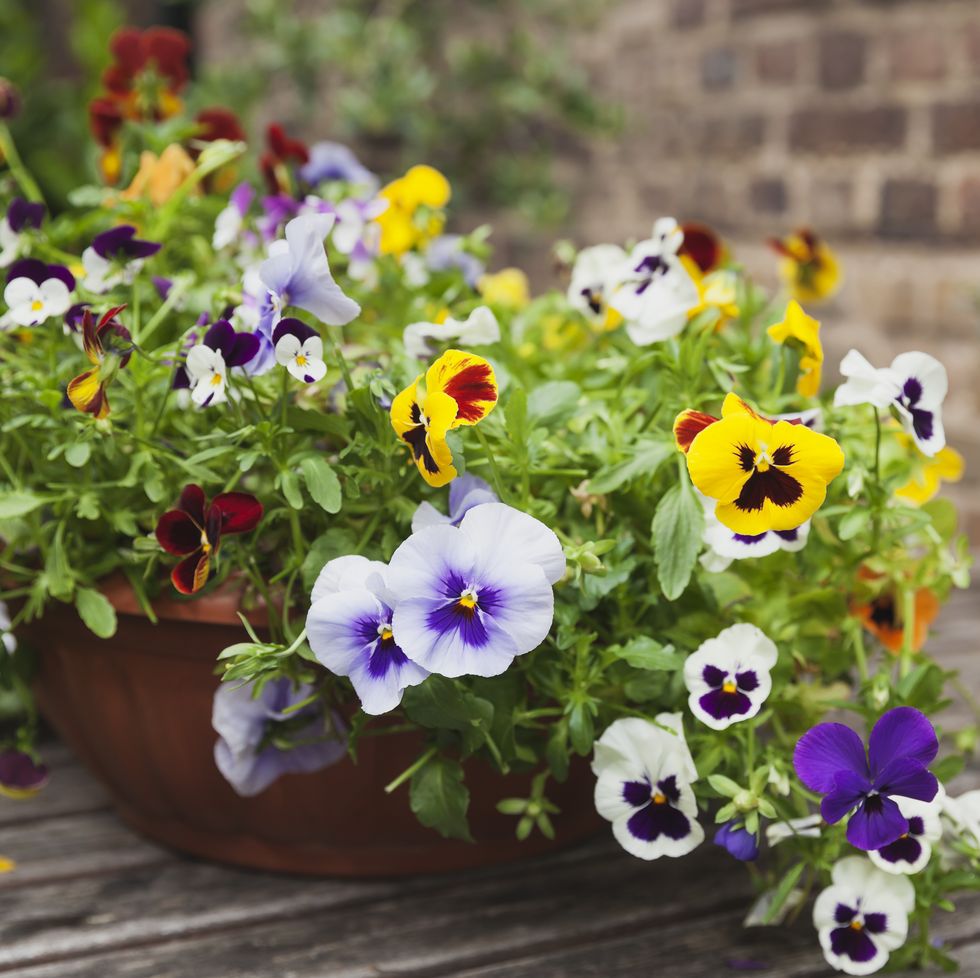
Epimedium x warleyense 'Orange Queen'
Also known as bishop's hat because of its flowers' unique shape, epimedium thrives in partial to full shade and blooms from mid-to-late spring. This perennial can grow between eight and 12 inches tall and 12 to 36 inches wide. It's a great ground cover for shady spots. Plant in USDA Zones 3 through 9.
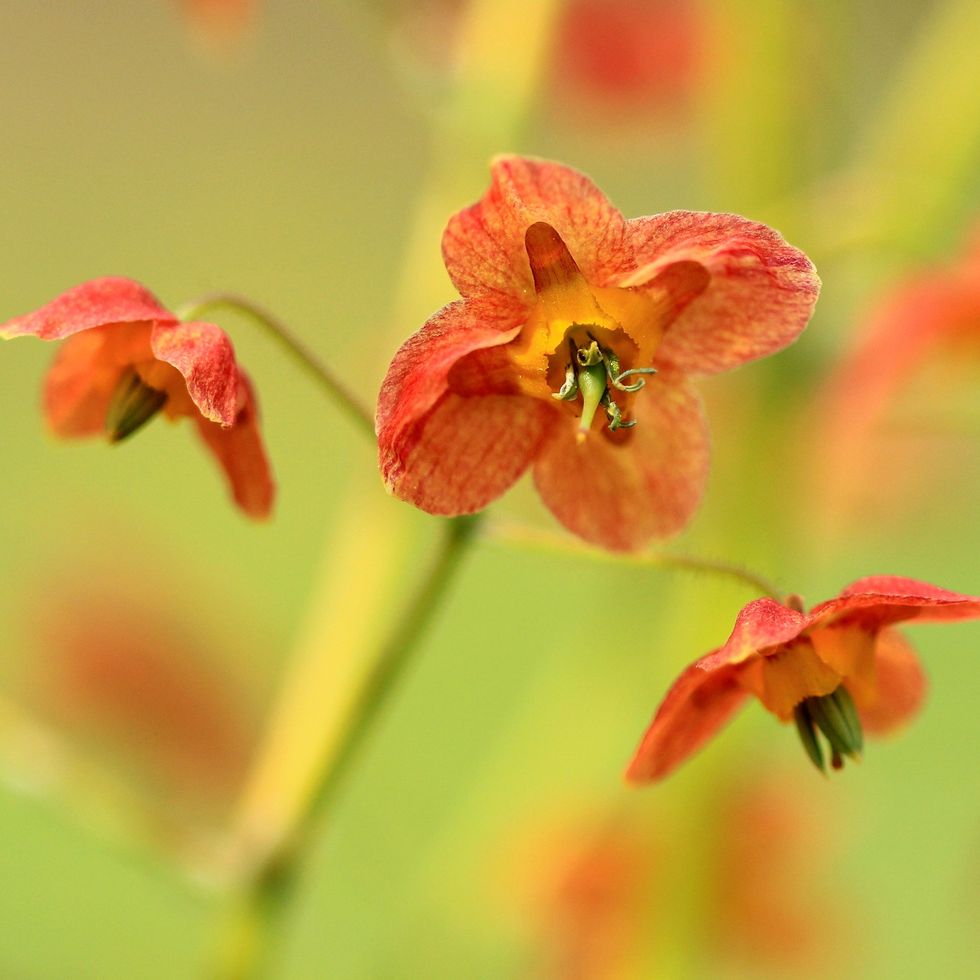
Brunnera Jack Frost
Often used as a ground cover, this perennial is known for its tiny flowers that bloom in the spring. It also has charming heart-shaped foliage with white variegation, making it a delightful shade-loving plant whether it's in bloom or not. Plant in USDA Zones 3 through 8.
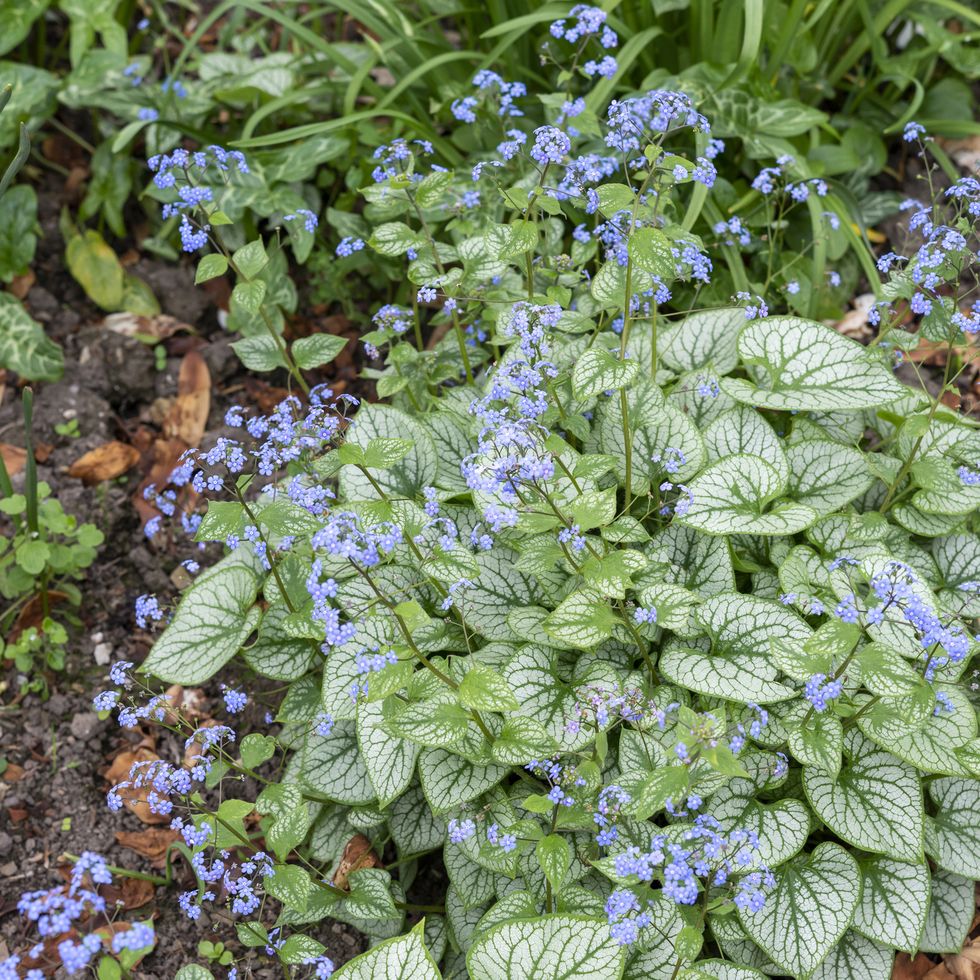
Dicentra
Also known as bleeding heart (you can see why!), these charming perennials are a must-have in any shade garden. Depending on the variety, they can grow between six inches and three feet tall and one and three feet wide. Plant in USDA Zones 3 through 9.
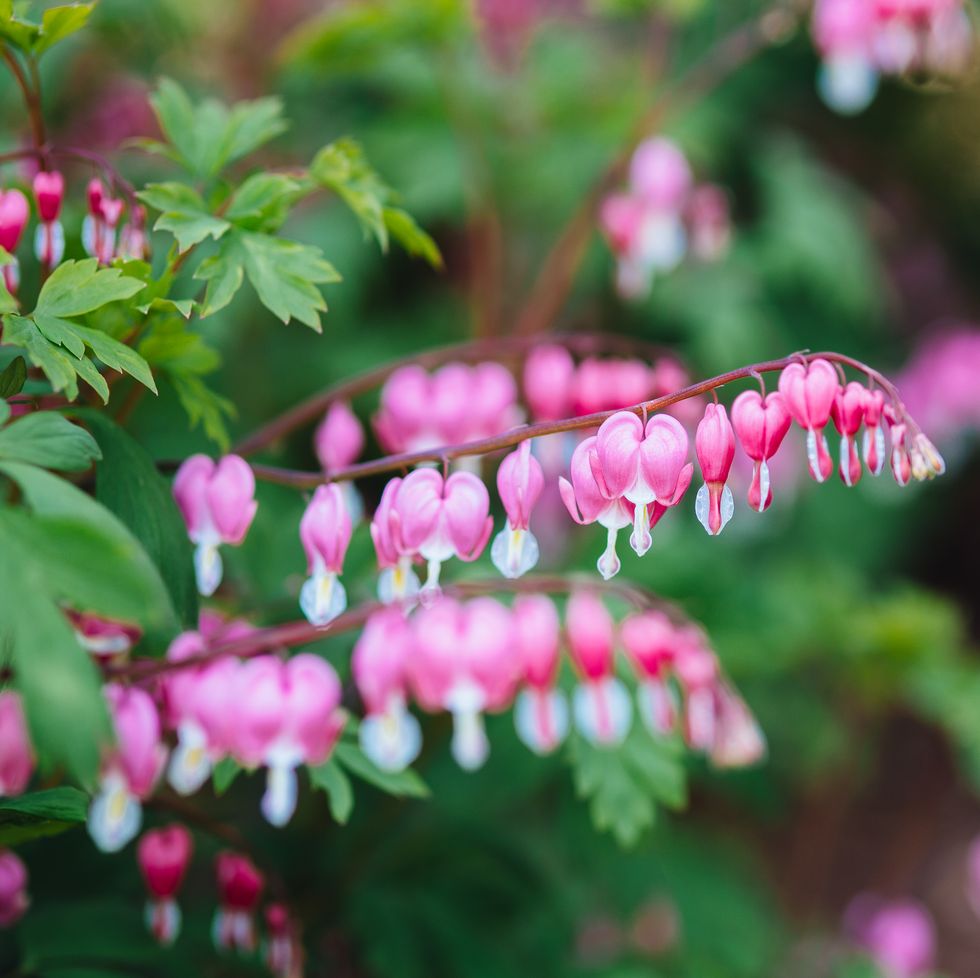
Tradescantia Ohio Spiderwort Flower
This pretty shade-loving plant with a fun name blooms in midsummer and prefers moist yet well-drained soil. Expect spiderwort to grow between six inches and three feet tall, depending on the variety. Plant in USDA Zones 4 through 9
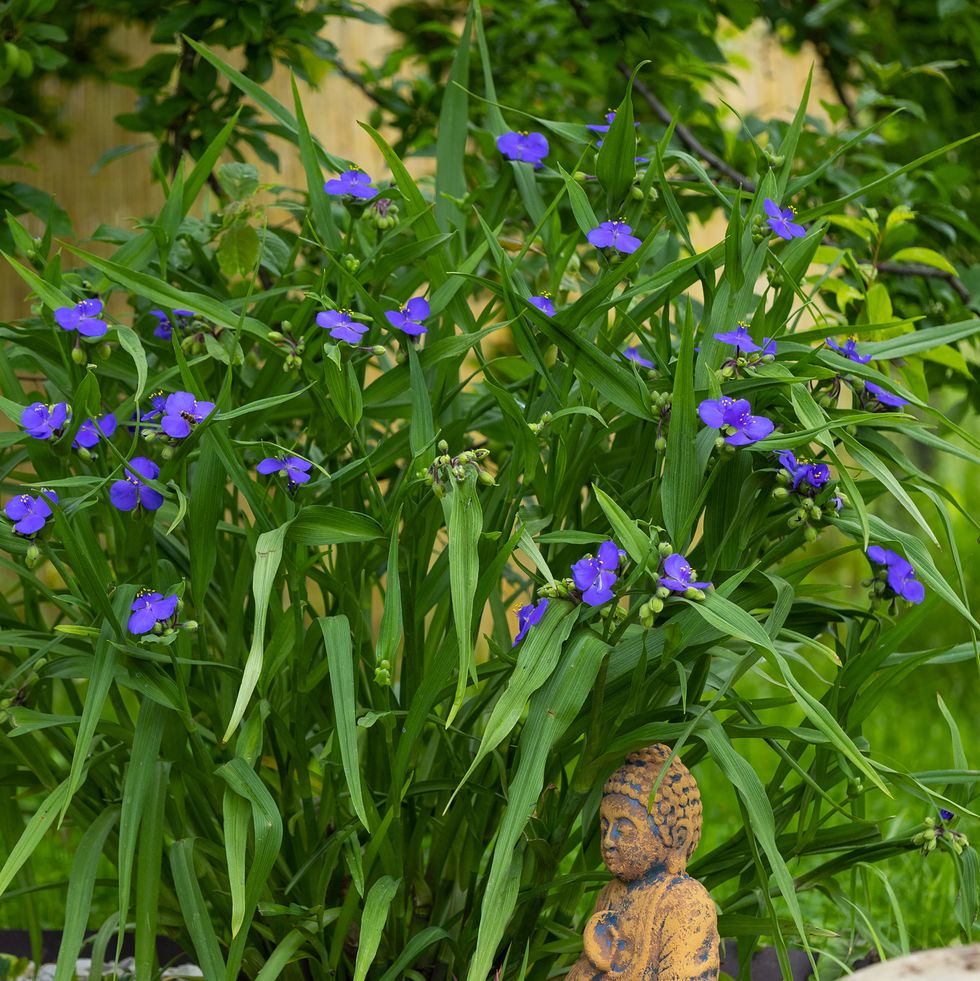
Hellebore
This gorgeous perennial looks delicate but is tough as nails. Also known as the Lenten rose, hellebores bloom in late winter to early spring, around the time of Lent. It's available in a profusion of colors ranging from pure white to deep pink and near-black. Depending on the variety, you can expect a hellebore plant to grow between one and three feet tall and wide. Plant in USDA Zones 3 through 9.
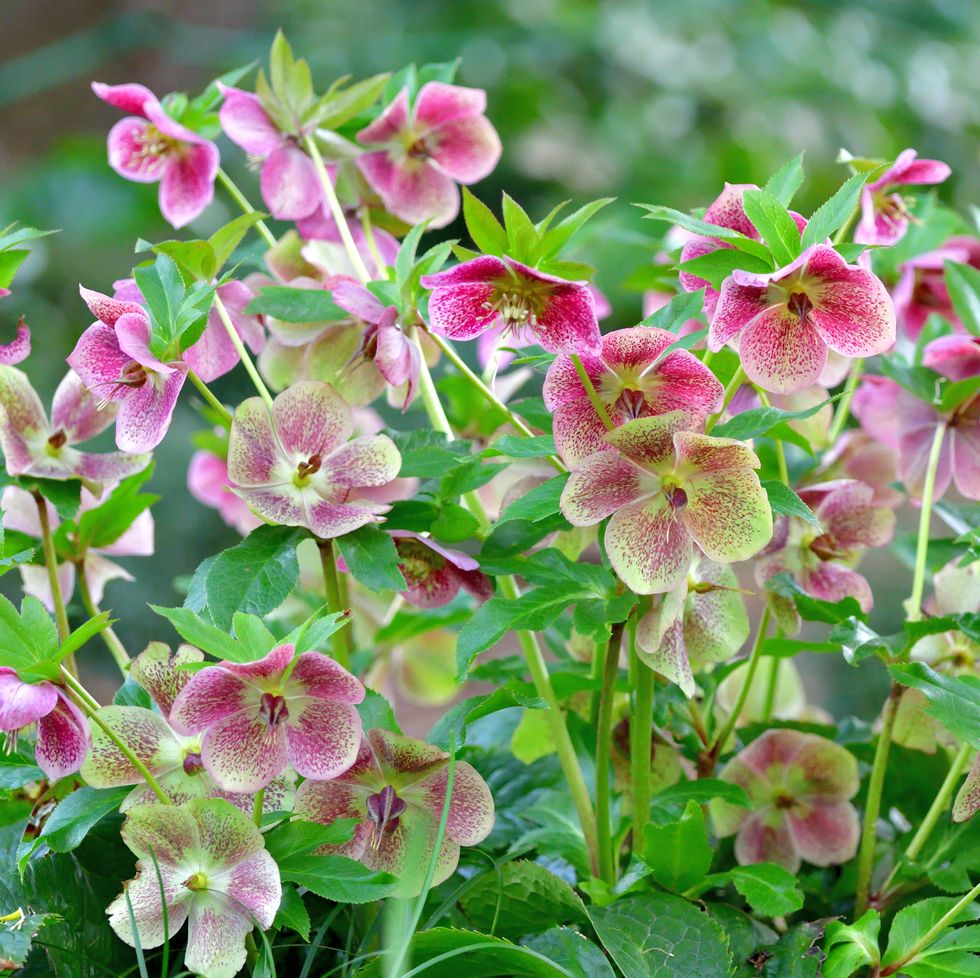
Japanese Painted Fern
There's a reason why ferns are often found in moist, shady forests: They love light to moderate shade. These perennials come in an array of lovely, lacy forms and spread into a beautiful ground cover over time. They can reach up to a few feet tall, depending on the variety. Plant in USDA Zones 3 through 8.
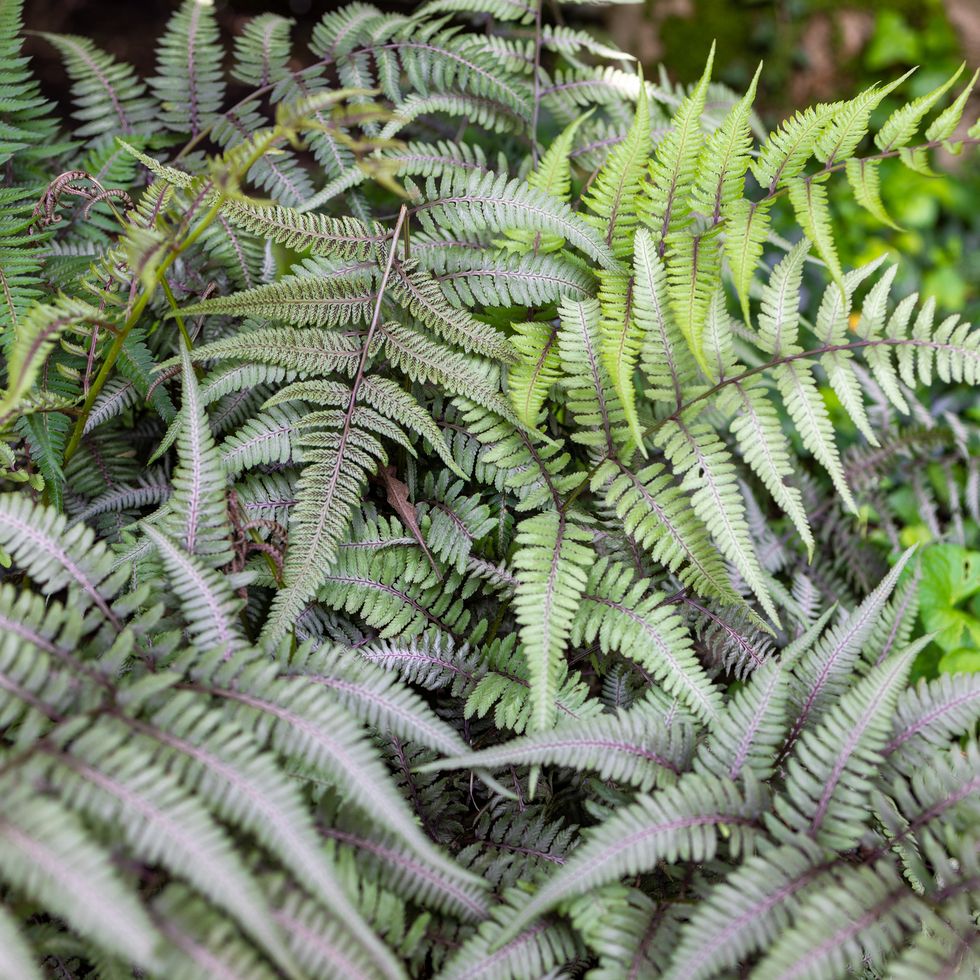
Bletilla
Bletilla, also known as the Chinese ground orchid, is a stunning, low-maintenance addition to any garden. Plant the bulbs the previous fall for spring blooms, and protect the plant from the harsh afternoon sun if you want it to look its best. Expect it to grow to between one and three feet tall and six to 12 inches wide. Plant in USDA Zones 5 through 9.

Tiarella
Tiarella, also called foamflower, is a cold-hardy perennial that blooms with masses of frothy flowers in early spring. If you want these delicate flowers to look their best, make sure they're in part to full shade, especially in more southern zones. They'll reach about a foot tall and wide. Plant in USDA Zones 4 through 9.
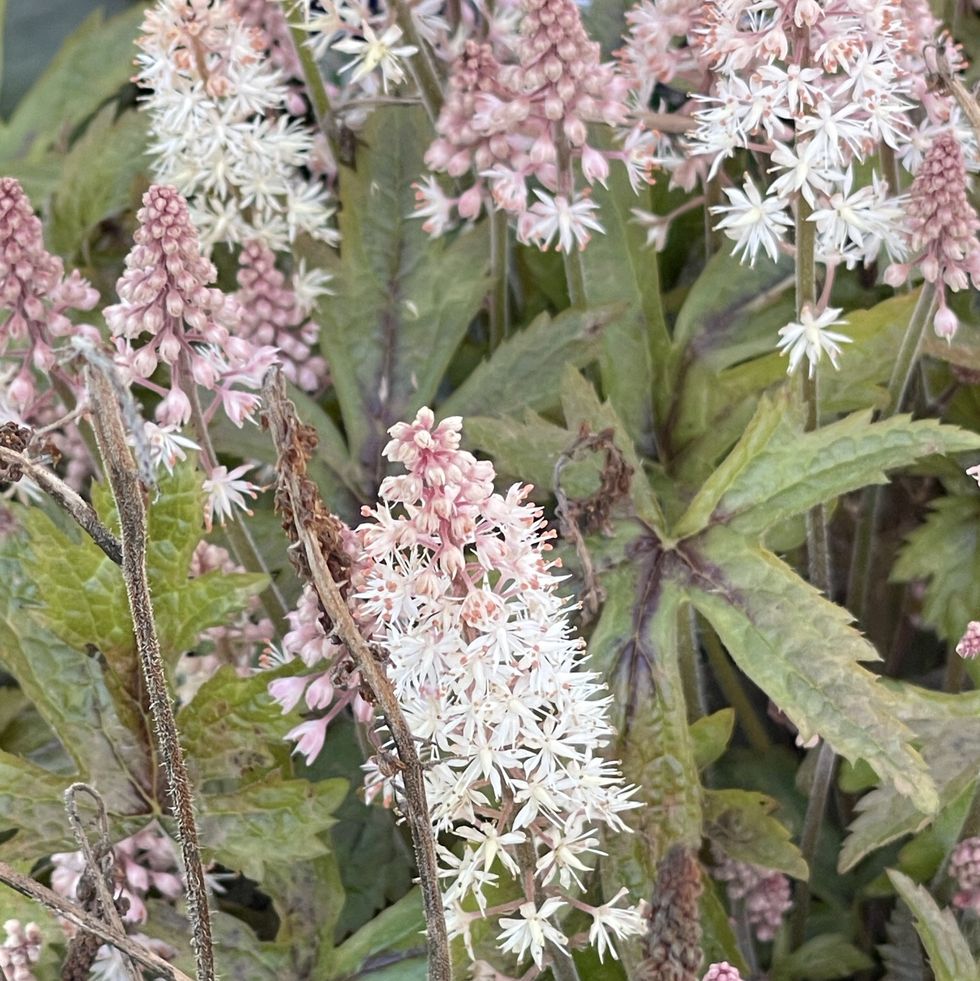
Coleus
These gorgeous annuals are grown primarily for their striking leaf colors that range from lime green to deep red, with tiny flower spikes in summer. Coleus typically likes shade, but some newer varieties will tolerate the sun. Check the plant label to be sure of what you're getting. In general, they range from one to three feet tall and wide. Plant in USDA Zones 10 through 11, or grow as an annual during the summer months.
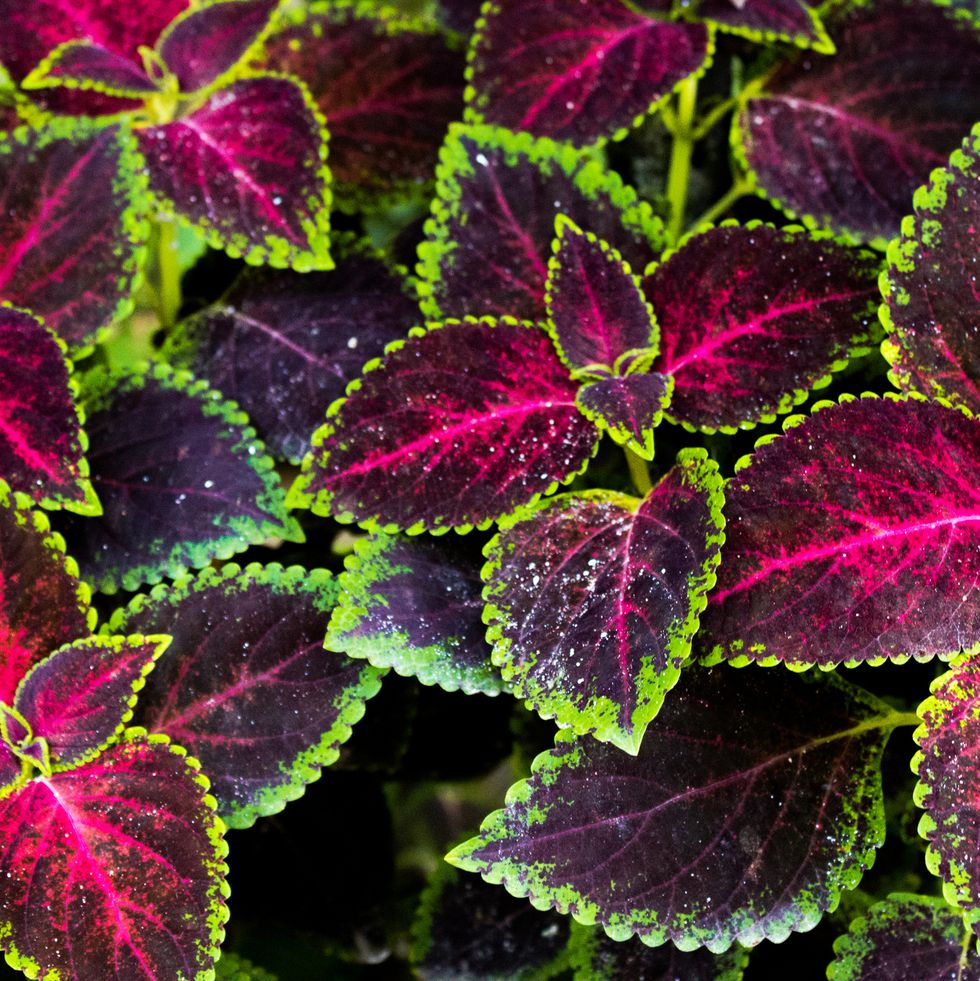
Lobelia
This sweet annual looks best cascading from baskets and containers. Lobelia doesn't like the heat, so make sure it's in full shade and keep it watered well. If it starts to look shaggy in midsummer, trim it; it'll rebound in the cooler weather of fall. This plant stays relatively small, topping out at around six to eight inches tall with a draping form. Plant in USDA Zones 10 through 11, or grow as an annual during the summer months.
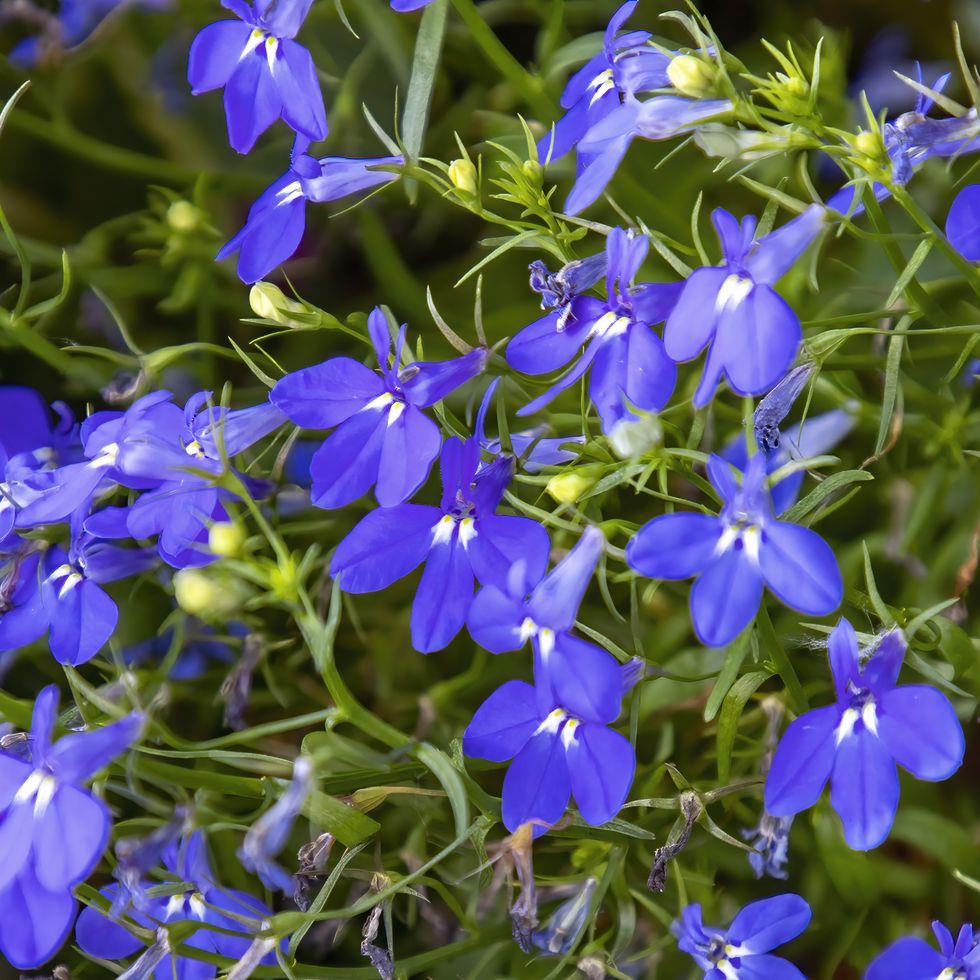
Japanese Forest Grass
Ornamental grasses are great for adding greenery and volume to your garden that'll last even through the scalding summer months. This deciduous perennial grass is known for its bright yellow-green hue and dense growth, which makes it ideal for ground coverage. Plant in USDA Zones 5 through 9.
